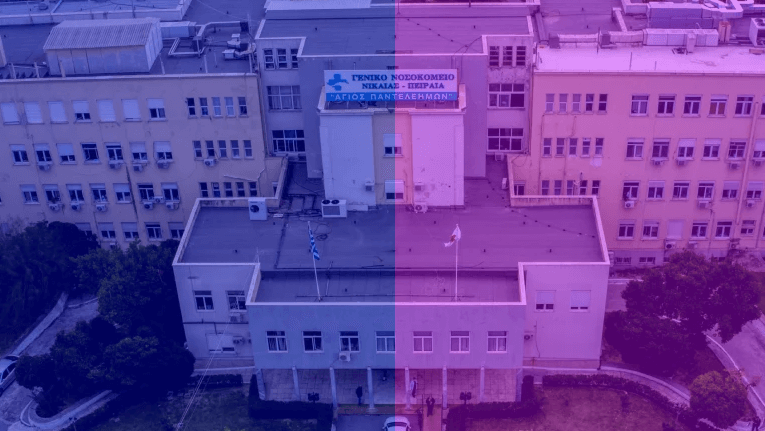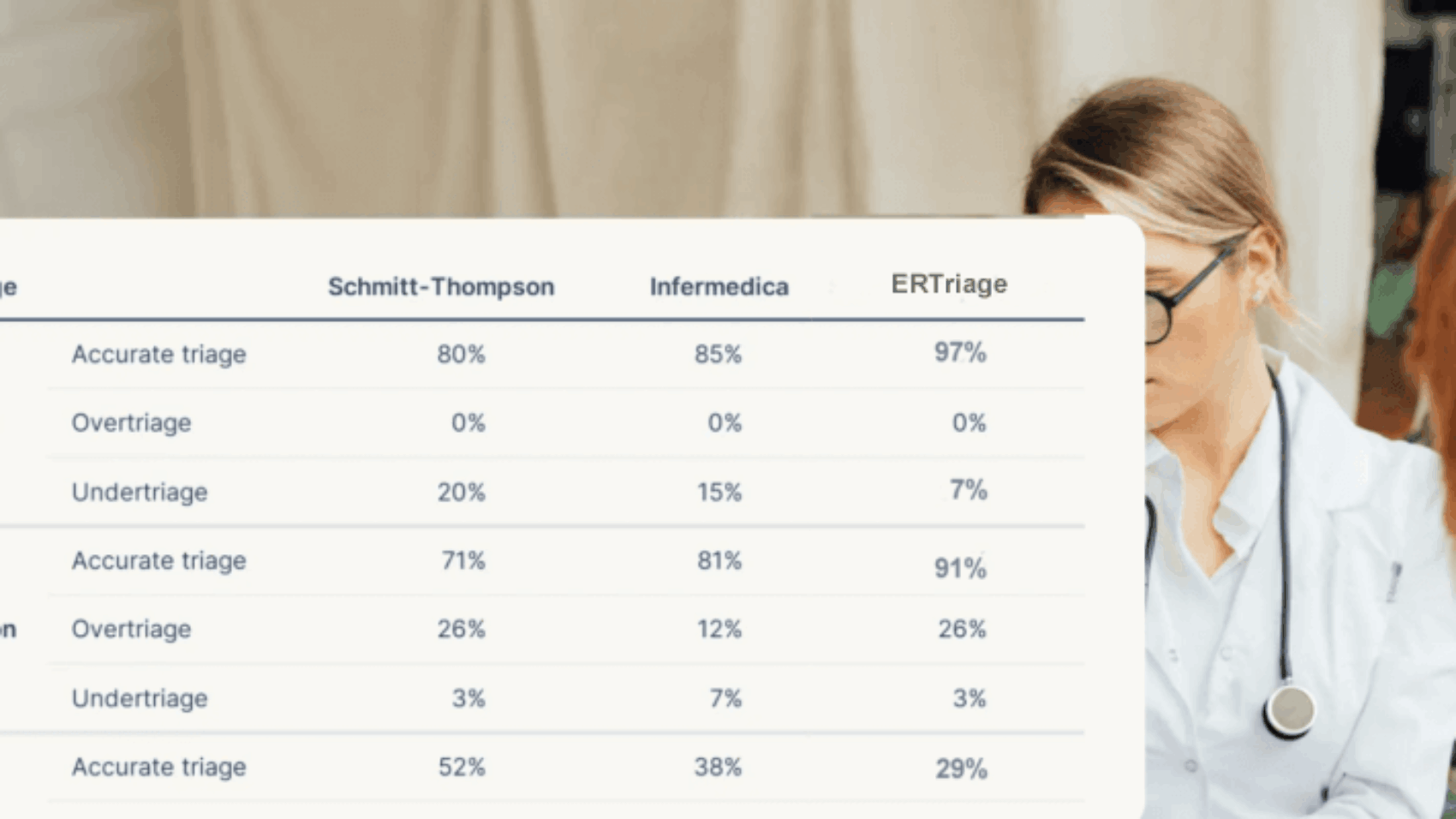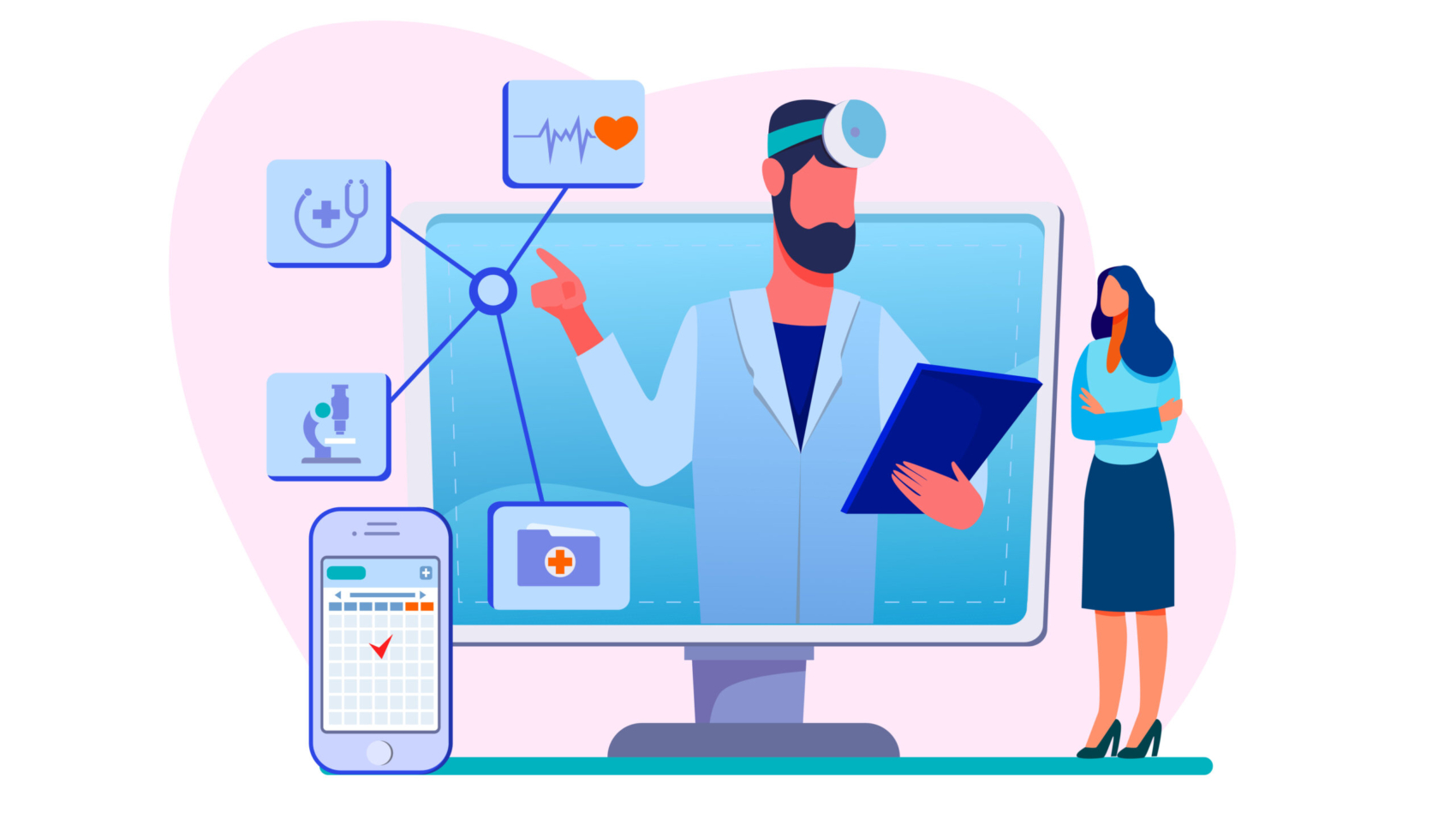The ERTriage system, developed by CAREPOI, transforms the triage process in emergency rooms (ER) by addressing critical challenges faced by healthcare providers. Patient overcrowding is one of the most pressing issues in emergency care. It often results in long wait times and compromises patient safety. Traditional assessment methods can be inefficient, making it difficult for healthcare professionals to make timely and accurate decisions. ERTriage confronts these problems by integrating advanced artificial intelligence (AI) with established clinical protocols. This innovative system streamlines the triage process and ensures that patients receive the appropriate care based on their clinical needs.
Research and Development
The foundation of ERTriage is built upon extensive research. This includes pivotal studies like “Predicting ICU Survival: A Meta-Level Approach” by Gortzis et al. This research highlights the transformative potential of AI. It addresses overcrowding and enhances diagnostic accuracy in emergency care settings.
The study “Predicting ICU Survival: A Meta-Level Approach” by Gortzis et al. highlights the transformative potential of artificial intelligence (AI) in emergency care. It focuses on enhancing patient assessment and management. The research shows how AI can analyze large datasets to identify patterns that predict patient outcomes. This capability is crucial in emergency settings. Timely decisions are critical for survival, especially during overcrowding. By prioritizing patients based on clinical needs, AI tools can streamline triage processes. This ensures that those needing immediate attention receive it promptly.
Additionally, the study emphasizes enhancing diagnostic accuracy through AI integration. AI can synthesize information from vital signs, medical history, and laboratory results. This synthesis improves the reliability of assessments, reduces misdiagnoses, and enhances overall patient care. Collaboration between healthcare professionals and data scientists is essential. This partnership refines AI capabilities, ensuring they meet clinicians’ specific needs and align with established practices in emergency medicine.
The insights from this research are foundational for developing the ERTriage system. By leveraging these findings, ERTriage can enhance its algorithms. This improvement will boost triage efficiency and optimize workflows, enabling quicker assessments. Critical patients can be prioritized more effectively. Ultimately, integrating AI-driven insights from this study into ERTriage aims to improve patient outcomes. It also seeks to enhance operational efficiency in emergency departments, positioning the system as a leader in innovative emergency medical technology.
Core Functionality of ERTriage
ERTriage combines several clinically accepted protocols, such as the Emergency Severity Index (ESI), HEART, National Early Warning Score (NEWS), and ROSIER scales. This framework upholds high standards of clinical care. It empowers healthcare professionals to utilize evidence-based practices for patient assessment.
A key feature of ERTriage is its real-time data processing. The system quickly analyzes around 55 clinical decision points. These include vital signs, patient history, and presenting symptoms. This analysis takes less than a minute. As a result, the triage module achieves an impressive accuracy rate of 97%. Such precision is vital in emergency settings. Every second matters, especially for patients with life-threatening conditions.
Enhancing Decision-Making
The application of machine learning (ML) algorithms within ERTriage plays a crucial role in enhancing decision-making processes. By analyzing historical data, ERTriage can effectively predict patient deterioration, identify individuals at risk of requiring critical care, and optimize resource allocation. This proactive management of patient flow allows emergency staff to concentrate their efforts where they are needed most, thereby improving overall patient outcomes.
In addition, ERTriage equips healthcare professionals with decision support tools that facilitate informed triage decisions. This functionality fosters transparency throughout the triage process and helps clinicians feel validated in their assessments, ultimately promoting collaboration within the healthcare team.
Addressing Overcrowding in Emergency Rooms
Overcrowding remains one of the most pressing challenges for emergency departments today. Many facilities experience surges in patient volume, leading to extended wait times and potential delays in care. Research indicates that up to 50% of emergency departments in the U.S. report significant overcrowding, adversely affecting patient satisfaction and outcomes.
ERTriage provides a strategic solution to this issue by streamlining the triage process. With its capability to efficiently process and analyze patient data, ERTriage ensures that patients with urgent needs are prioritized. By reducing the time spent on each patient and enhancing the accuracy of assessments, the system can significantly alleviate the pressures associated with crowded emergency departments.
Reducing Clinician Burnout
A notable benefit of ERTriage is its potential to reduce clinician burnout. Emergency medicine is known for its high-stress environment, with healthcare providers often facing overwhelming workloads. By automating aspects of the triage process, ERTriage alleviates the administrative burden on emergency staff, allowing them to dedicate more time to patient care.
Studies show that the implementation of AI solutions in healthcare can lead to a 40% decrease in clinician burnout rates. By providing support through efficient workflows and real-time data analysis, ERTriage not only enhances job satisfaction among healthcare professionals but also contributes to improved patient care.
Economic Benefits and Value-Based Care
The economic implications of ERTriage are significant. The system has the potential to reduce overall emergency care costs by 20-30%. This cost-effectiveness arises from various factors, including the reduction of unnecessary ED visits and the optimization of resource allocation. By directing patients to the appropriate level of care — whether that be video consultations, urgent care, or specialist services —ERTriage supports a more sustainable healthcare model that emphasizes value-based care.
Current Implementation and Future Prospects
Currently, the ERTriage system is operational in key healthcare facilities in Greece, notably at the General Hospital of Nikaia “Agios Panteleimon” in Attica. This hospital is recognized as one of the largest in Greece and features the busiest emergency room in its county, serving a diverse and high-volume patient population. The efficient triage capabilities of ERTriage are essential for delivering timely care in such a demanding environment.

Additionally, the system will soon be implemented at the General Hospital of Pyrgos Ileias, enabling it to benefit from the advanced triage features that ERTriage offers. This expansion reflects the growing recognition among healthcare facilities of the need for innovative solutions to enhance emergency care delivery.
Closing Thoughts
ERTriage leads the way in innovation within emergency medicine. It provides a comprehensive solution to the challenges healthcare providers face in the triage process. By integrating AI with established clinical protocols, ERTriage enhances decision-making and improves patient flow. It also reduces clinician burnout and delivers significant economic benefits. As more hospitals adopt this transformative system, the potential for better patient outcomes and a more efficient healthcare delivery model becomes more achievable. The future of emergency care looks promising, with ERTriage redefining triage efficiency and effectiveness.
References
- Gortzis, L., et al. (2021). “Predicting ICU Survival: A Meta-Level Approach.” Journal of Critical Care.
- Gilboy, N., et al. (2012). “Emergency Severity Index (ESI): A Triage Tool for Emergency Department Care.” American College of Emergency Physicians.
- Hwang, U., et al. (2015). “Predicting Emergency Department Patient Flow: A Machine Learning Approach.” Health Affairs.
- Shanafelt, T., et al. (2016). “Burnout in the U.S. Health Care Workforce: A Review of the Evidence.” American Journal of Medicine.




